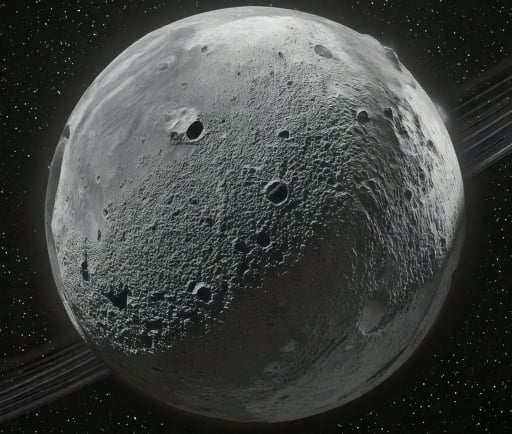The United Nations Asteroid


Introduction to the United Nations Asteroid
The United Nations asteroid, an intriguing celestial body, orbits the sun every 1,530 days, traversing an average distance of 2.12 astronomical units (AU) from our star. Its orbit can extend as far out as 3.08 AU, highlighting the vastness of our solar system and the remarkable variety of its constituents. Measuring approximately 11.0 kilometers in diameter, this asteroid is larger than 99% of the known asteroids, making it a notable entity for astronomers and space enthusiasts alike.
Orbital Characteristics
The orbit of the United Nations asteroid is a vital aspect of its identity. With a periodic revolution of 1,530 days, it offers a unique perspective on the dynamics of asteroid motion within our solar system. Positioned at 2.12 AU, this asteroid resides beyond the orbit of Earth but remains within reach for observational studies by space agencies. Its distance from the sun allows for a comparative analysis with Earth-bound asteroids, providing valuable insights into their behavior, composition, and potential impact threats.
The Significance of Size and Composition
Being over 11 kilometers in diameter, the United Nations asteroid presents a unique opportunity for scientific exploration. Its considerable size means that it holds a wealth of information within its structure, potentially containing primitive materials from the early solar system. Researchers focus on these larger bodies to understand better the conditions under which the solar system formed and evolved. Furthermore, studying such sizable asteroids contributes to our knowledge of potential resource mining, which could play a crucial role in future space missions.
In conclusion, the United Nations asteroid serves as a remarkable example of the wonders that inhabit our solar neighborhood. Its considerable size, peculiar orbital path, and undulating distance from the sun present fertile ground for scientific inquiry and exploration. As humanity looks toward the stars, understanding these celestial bodies allows for deeper insights into the genesis and potential futures of our cosmic environment.
